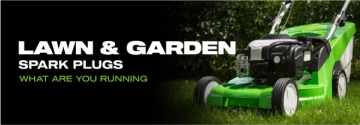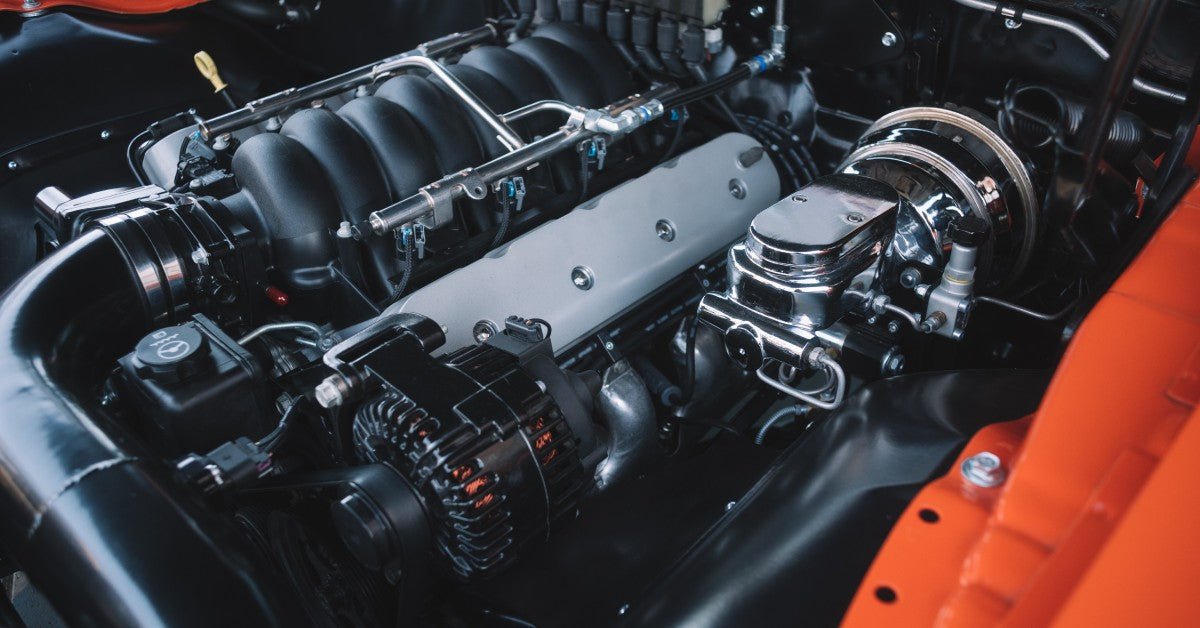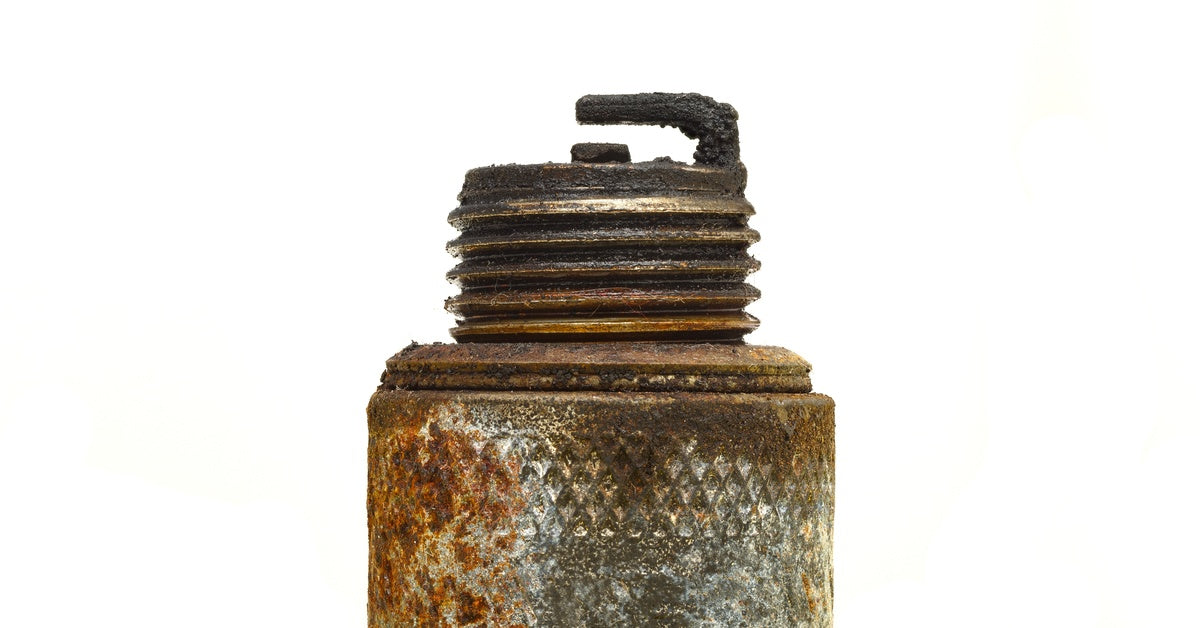
Does your motorcycle lack the punch it used to have? If you’ve found spark plugs to be the issue, properly replacing them will keep your engine healthy and your bike performing optimally. This guide covers some of the dos and don’ts for replacing motorcycle spark plugs correctly, so you can get back on the road with confidence.
Prepare Your Workspace Before You Start
Before you begin, get your space and tools ready. You will need a spark plug socket, torque wrench, feeler gauge, and dielectric grease. Work in a clean, well-lit area to prevent dirt from falling into your engine, and keep track of your parts.
The spark plug socket should feature a rubber insert or magnetic mechanism to grip the plug during the process. This prevents the plug from dropping into the cylinder head, which can cause extensive damage. A quality torque wrench with foot-pound markings allows precise tightening according to manufacturer specifications.
Prioritize Safety
Always work on a cool engine to avoid serious burns from the exhaust or engine block. Disconnect the negative terminal of the battery to eliminate any risk of an electrical short. Have gloves to protect your hands and safety glasses to shield your eyes from debris. Finally, stabilize your bike on a center stand or a dedicated repair lift to prevent it from falling while you work.
Understand Your Motorcycle’s Specific Needs
The process for spark plug replacement varies between different types of motorcycles. A cruiser might offer easy access to the plugs, while a sportbike’s compact design can make the job more challenging. Dirt bikes are typically straightforward, but you need to be extra careful about dirt and grime getting into the engine. Always consult your owner’s manual to understand the specific requirements and potential challenges for your model.
V-twin engines present unique challenges due to their configuration. The rear cylinder often requires additional disassembly steps and specialized tools for access. You may need to remove the fuel tank, airbox, or throttle bodies on multi-cylinder sportbikes for access. Document the disassembly process with photos to aid reassembly, particularly when dealing with vacuum lines and electrical connections.
Remove the Old Spark Plugs

Once your bike is prepped, locate the spark plugs. You may need to remove a fuel tank or fairings to access them. Before pulling the plug wires, clean the area around the plugs with compressed air to prevent debris from falling into the cylinder. Gently twist and pull the spark plug boot off. Using your spark plug socket and extension, turn the old plug counterclockwise to remove it. If it feels stuck, do not force it. Apply a small amount of penetrating oil, and let it sit before trying again.
Pay attention to the plug wire removal sequence on multi-cylinder engines. Mixing up the firing order will cause misfiring and poor performance. Mark each wire or boot with tape indicating its cylinder position. When removing stubborn plugs, use steady, consistent pressure rather than jerky motions that can break the plug off in the threads.
Check the New Plugs Before You Install Them
Verify that your new spark plugs are the correct type for your motorcycle. You can use a feeler gauge to check the gap between the electrodes and adjust it to your manufacturer’s specifications.
Apply a small amount of dielectric grease to the inside of the spark plug boot to maintain a good connection and prevent moisture buildup. Thread the new plug by hand, then use a torque wrench to tighten it to the exact specification listed in your service manual.
Gap adjustment requires precision and patience. Standard plugs typically gap between 0.028 and 0.035 inches, but high-performance engines may require tighter gaps for reliable ignition under high compression. Use only the outer electrode for bending; never attempt to adjust the center electrode, as this can damage the internal components. Multiple small adjustments work better than large bends that can stress the metal.
Avoid Common Replacement Mistakes
Check the gap and clean the plug well before you install it. Avoid over-tightening the spark plug because it can damage the threads in the cylinder head, which is expensive and difficult to repair. Make sure it’s not loose, as that can damage the engine.
Cold plugs transfer heat quickly to the cylinder head, while hot plugs retain heat longer for self-cleaning. Modified engines with higher compression ratios typically require colder plugs to prevent preignition, while stock engines benefit from the manufacturer’s recommended heat range for optimal performance across all operating conditions.
Perform Post-Replacement Checks

After installing the new plugs and reattaching the plug wires, it’s time to test your work. Reconnect the battery and start the engine. Listen for a steady idle pattern. If you hear any unusual sounds or the engine seems to be misfiring, shut it off and recheck your connections and the plug installation. A quick test ride can confirm that the bike is running as it should, with improved throttle response and acceleration.
Monitor engine behavior during the initial startup period. Cold engines may run slightly rough for the first few minutes as the new plugs reach operating temperature. Pay attention to idle quality, throttle response, and acceleration characteristics during your test ride. Any hesitation, stumbling, or loss of power means something requires immediate attention.
Maintain Your New Spark Plugs
Now that your new motorcycle spark plugs are installed, you can take steps to prolong their life. Regular engine maintenance, such as keeping your air filter clean and using high-quality fuel, contributes to the health of your spark plugs.
It is a good idea to pull the plugs and inspect them every few thousand miles. This proactive check can give you early warnings about your engine’s condition and help you catch problems before they become severe.
Follow these dos and don’ts for replacing motorcycle spark plugs to maintain your bike’s performance and reliability. Once you know how to do the job correctly, you can save money and deepen your understanding of your engine. For top-quality spark plugs that will keep your engine firing perfectly, check out our selection at E3 Spark Plugs today.







